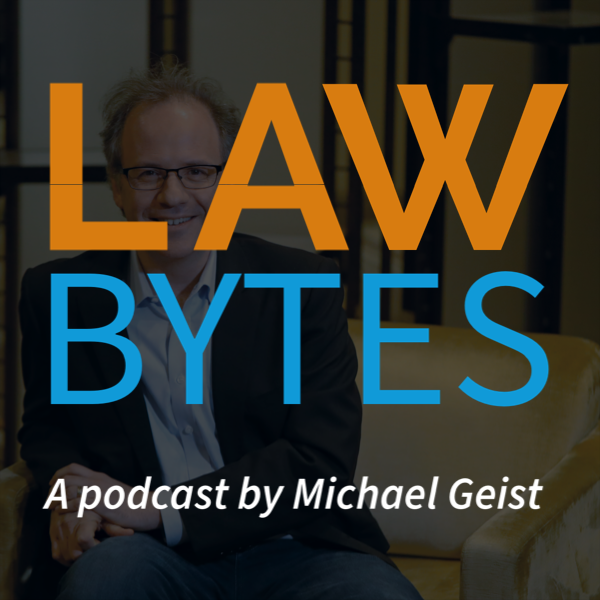OC Transpo Backs Away From Open Data
February 15, 2011
Share this post
5 Comments

Law Bytes
Episode 253: Guy Rub on the Unconvincing Case for a New Canadian Artists' Resale Right
byMichael Geist

December 8, 2025
Michael Geist
December 1, 2025
Michael Geist
November 24, 2025
Michael Geist
November 17, 2025
Michael Geist
November 10, 2025
Michael Geist
Search Results placeholder
Recent Posts
 The Catch-22 of Canadian Digital Sovereignty
The Catch-22 of Canadian Digital Sovereignty  The Law Bytes Podcast, Episode 253: Guy Rub on the Unconvincing Case for a New Canadian Artists’ Resale Right
The Law Bytes Podcast, Episode 253: Guy Rub on the Unconvincing Case for a New Canadian Artists’ Resale Right  The Most Unworkable Internet Law in the World: Quebec Opens the Door to Mandating Minimum French Content Quotas for User Generated Content on Social Media
The Most Unworkable Internet Law in the World: Quebec Opens the Door to Mandating Minimum French Content Quotas for User Generated Content on Social Media  CRTC Says No Regulatory Action Planned Against Meta For Blocking News Links
CRTC Says No Regulatory Action Planned Against Meta For Blocking News Links  The Law Bytes Podcast, Episode 252: Len St-Aubin on the CRTC’s Plan To Modernize Canadian Content Rules
The Law Bytes Podcast, Episode 252: Len St-Aubin on the CRTC’s Plan To Modernize Canadian Content Rules

No surprise there. Open GPS data would allow anyone to write software that shows how crappy their service is.
Not just that
Graham. Lets not forget the complaints about how expensive the OC Transpo service is to the taxpayer and the riders. They are looking for ways to generate revenues from non-tax sources, in particular if they can avoid raising fares.
This morning the Ottawa Police Service was talking about, on the news, a funding crunch that could mean the layoffs of staff in 2013 and beyond. They too are looking for ways to generate operating funds not through taxation… one thing they are looking at is criminal record checks.
The new mayor has promised a 2.5% maximum tax increase. Many departments are going to be looking for ways to generate non-tax revenues.
RE: Anon-k
This isn’t a viable way Anon. All it does is open the door for a competitor to make a superior source of GPS data.
One would think that OC Transpo could simply break down and set up spin-off merchandising deals by this point as a source of non-tax revenue.
But we can have that discussion over at the unofficial OC Transpo Livejournal community blog.
@Eric L.
I don’t follow your comment. There is two sets of data here. The first is route data, meaning the locations of stops and the schedules. The second is the actual performance against the schedule data. This latter comes from the GPS receivers on the buses themselves.